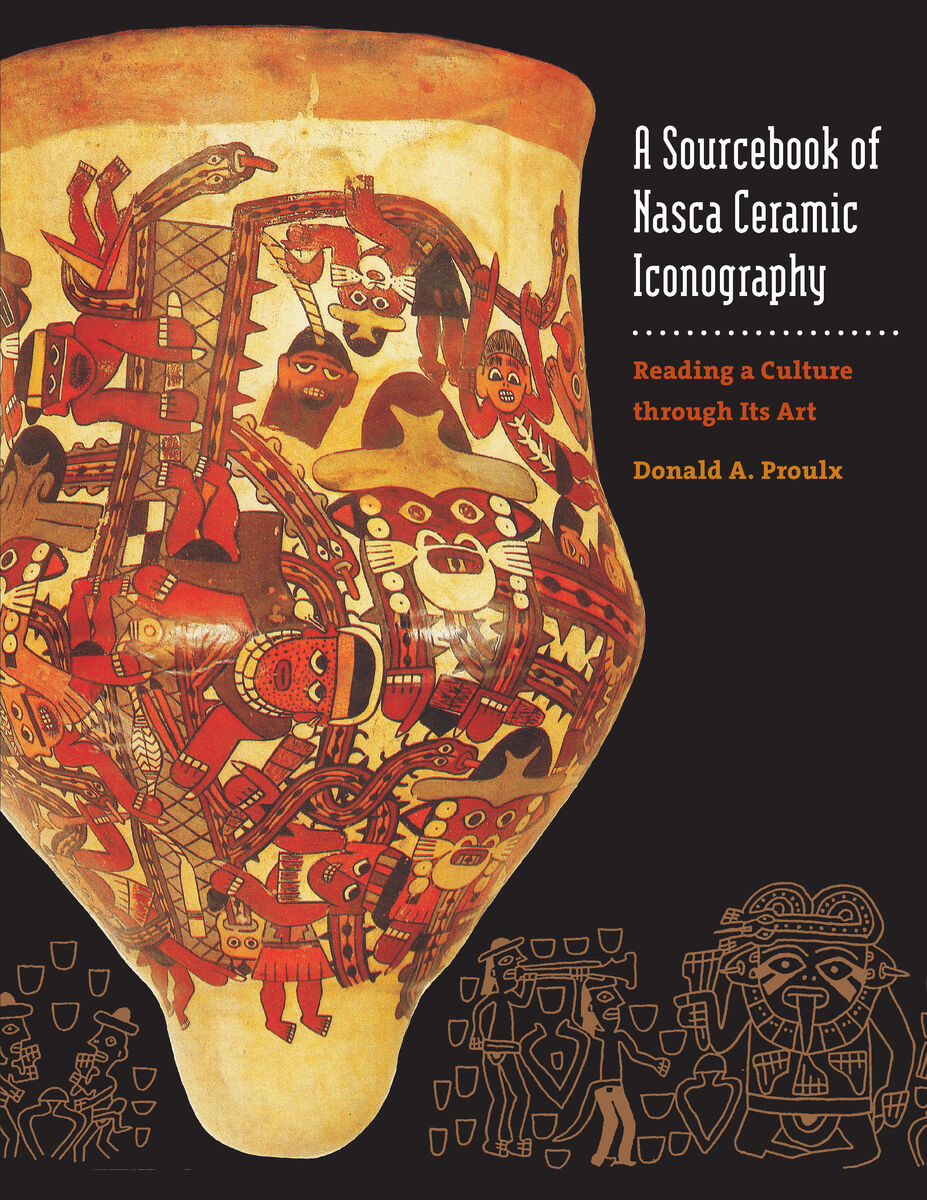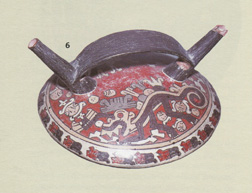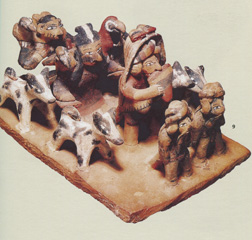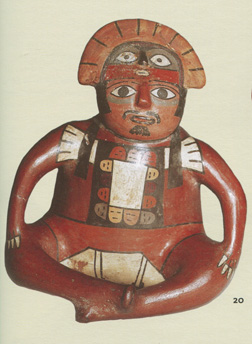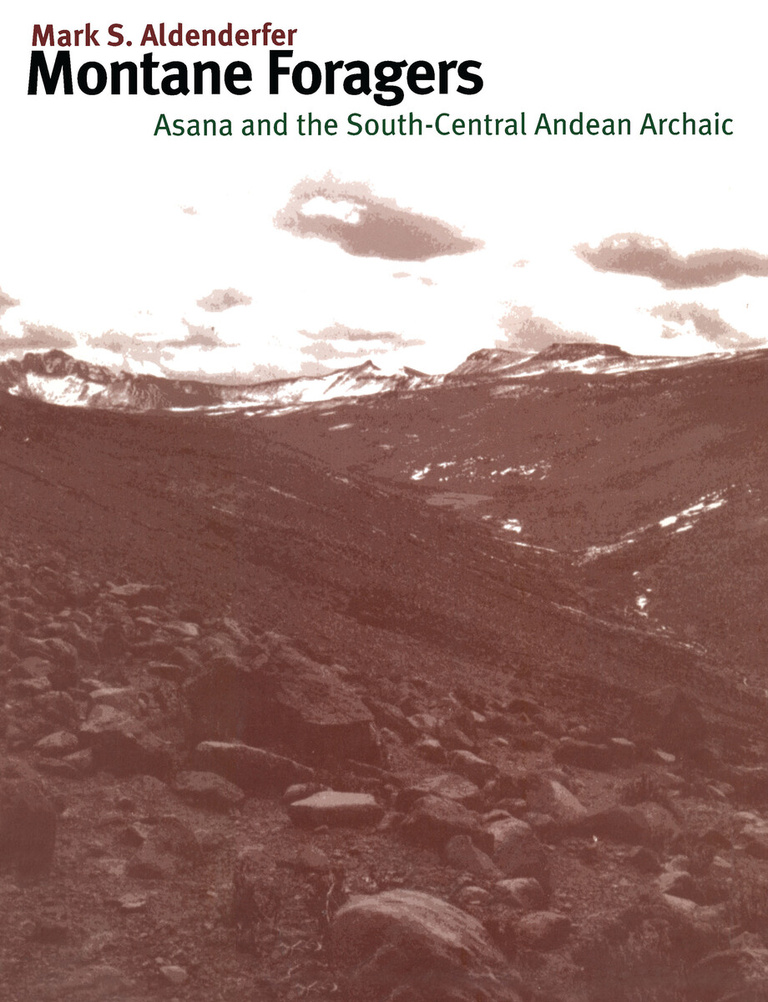A Choice Outstanding Academic Title
“The art of ancient Peru is spectacular, and of all the beautiful Central Andean styles, Nasca pottery is without peer. In this comprehensive volume Donald Proulx, the leading authority on Nasca ceramic iconography, presents his definitive statement on this extraordinary art through sound scholarship and a cautious, rigorous, and carefully explained methodology. The volume excels for its detailed description of the Nasca ceramic style (forms, iconography, phases), stimulating interpretation of the iconography, penetrating linkage of the pots and their iconography to the archaeologically known Nasca society, and diachronic treatment of the evolution of Nasca art and society. This will be a foundational text for many decades of future research.”—Helaine Silverman, Department of Anthropology, University of Illinois at Urbana-Champaign
For almost eight hundred years (100 BC–AD 650) Nasca artists modeled and painted the plants, animals, birds, and fish of their homeland on Peru’s south coast as well as numerous abstract anthropomorphic creatures whose form and meaning are sometimes incomprehensible today. In this first book-length treatment of Nasca ceramic iconography to appear in English, drawing upon an archive of more than eight thousand Nasca vessels from over 150 public and private collections, Donald Proulx systematically describes the major artistic motifs of this stunning polychrome pottery, interprets the major themes displayed on this pottery, and then uses these descriptions and his stimulating interpretations to analyze Nasca society.
After beginning with an overview of Nasca culture and an explanation of the style and chronology of Nasca pottery, Proulx moves to the heart of his book: a detailed classification and description of the entire range of supernatural and secular themes in Nasca iconography along with a fresh and distinctive interpretation of these themes. Linking the pots and their iconography to the archaeologically known Nasca society, he ends with a thorough and accessible examination of this ancient culture viewed through the lens of ceramic iconography. Although these static images can never be fully understood, by animating their themes and meanings Proulx reconstructs the lifeways of this complex society.
